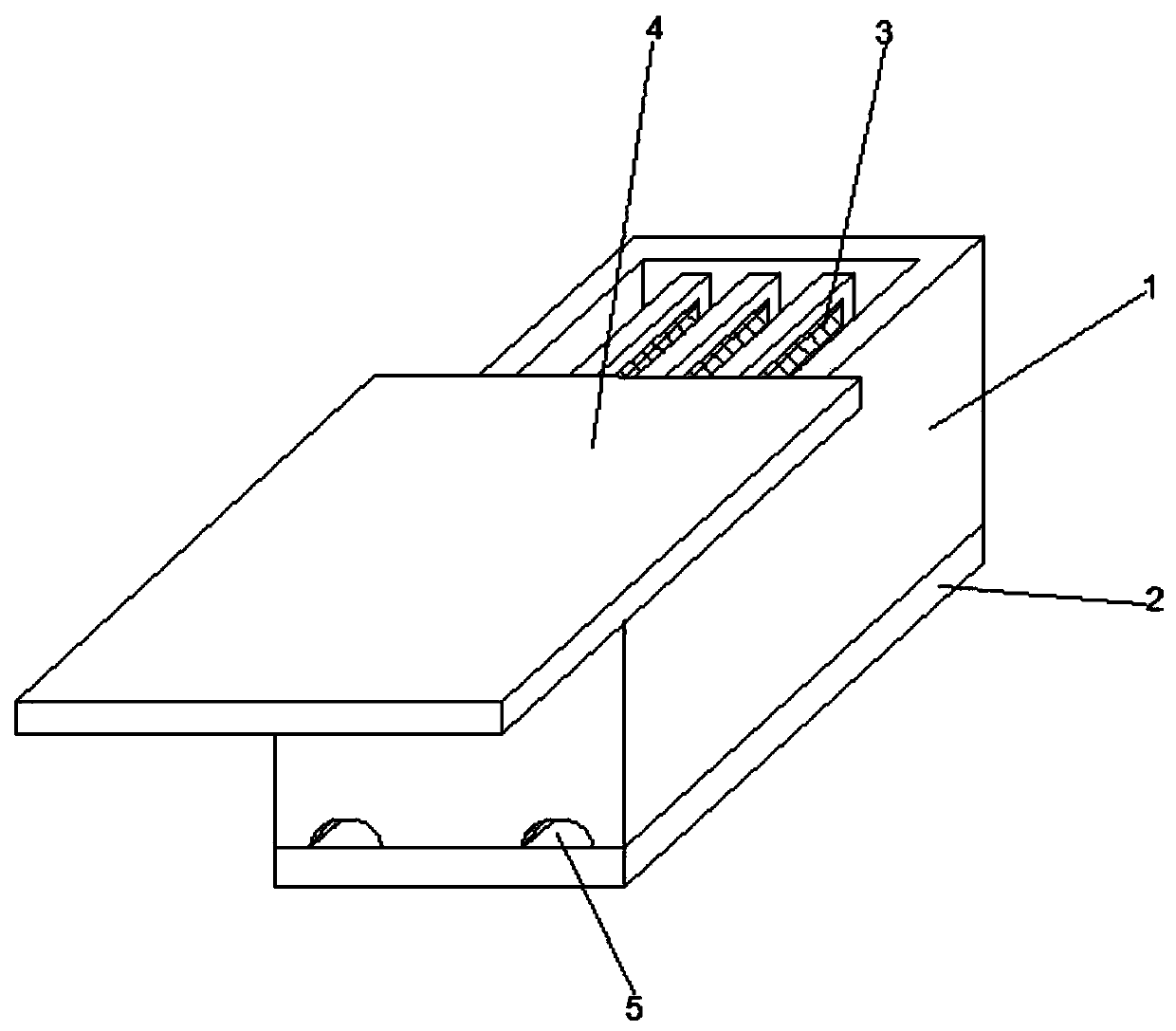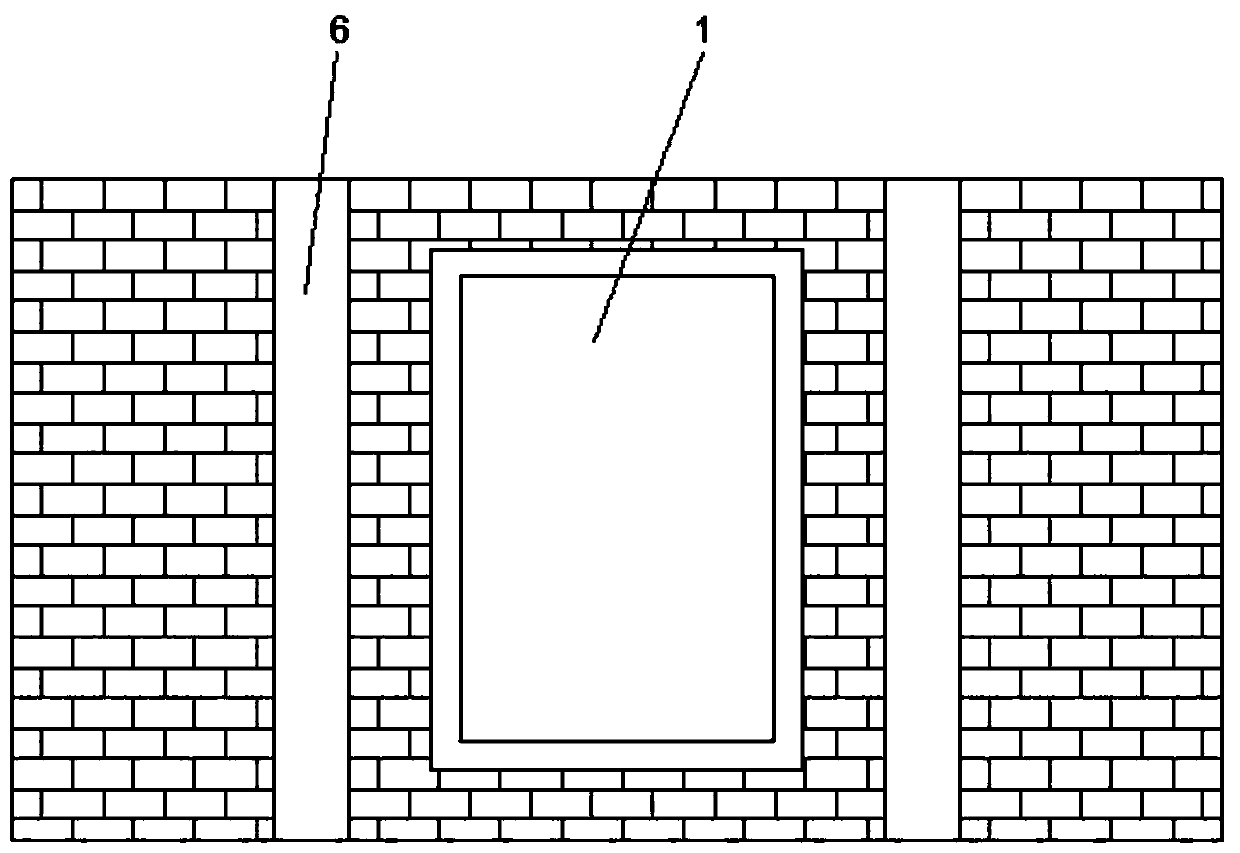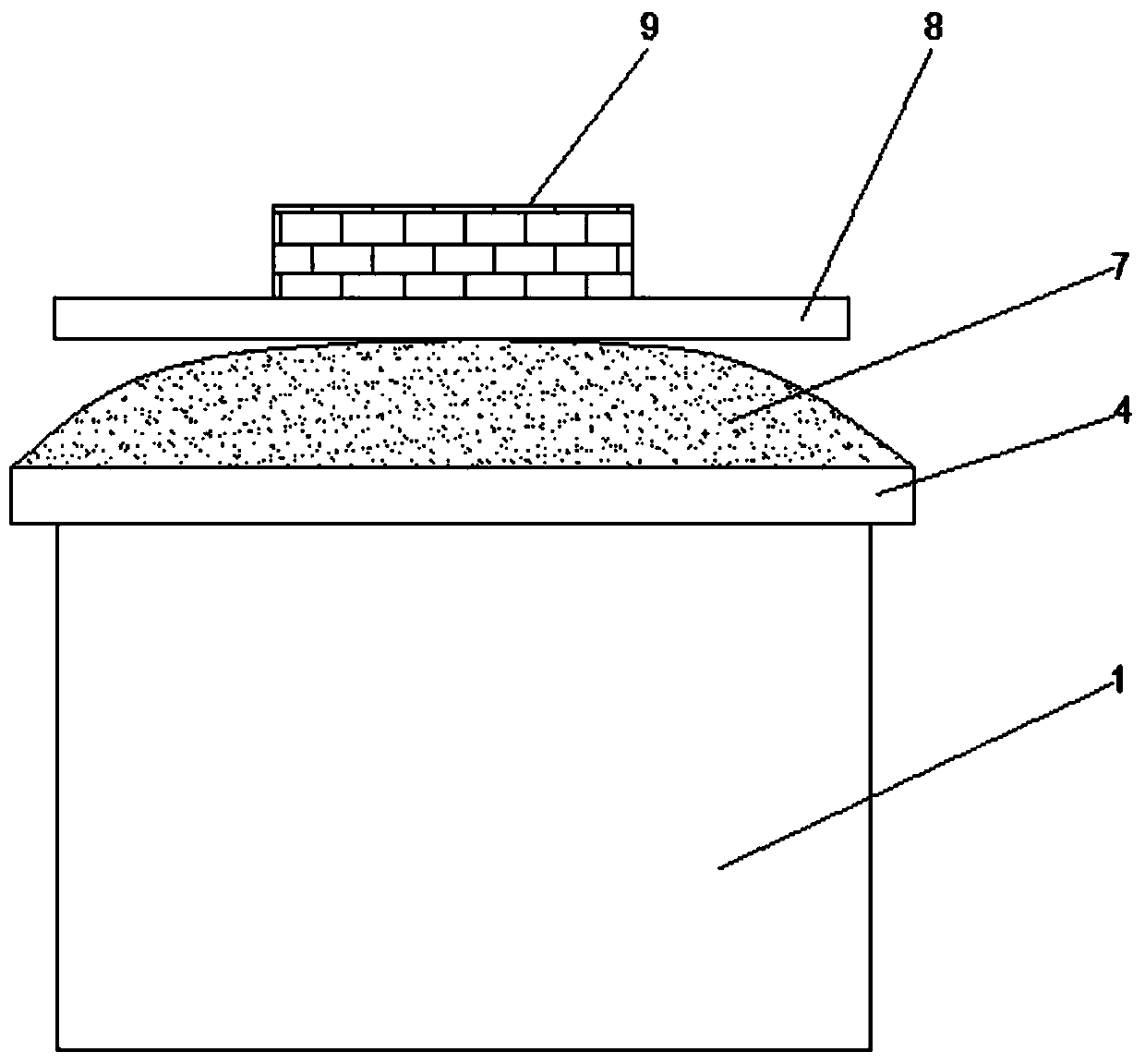Bee breeding method
A breeding method and technology for bees, applied in the field of bee breeding, can solve problems such as unfavorable bee colony development, easy breeding of nest insects, loss of beekeepers, etc., and achieve the effects of being beneficial to natural growth, reducing nest insect damage and having high nutritional value.
- Summary
- Abstract
- Description
- Claims
- Application Information
AI Technical Summary
Problems solved by technology
Method used
Image
Examples
Embodiment Construction
[0029] The following will clearly and completely describe the technical solutions in the embodiments of the present invention with reference to the accompanying drawings in the embodiments of the present invention. Obviously, the described embodiments are only some, not all, embodiments of the present invention. Based on the embodiments of the present invention, all other embodiments obtained by persons of ordinary skill in the art without making creative efforts belong to the protection scope of the present invention.
[0030] see Figure 1~3 , in the embodiment of the present invention, a kind of bee breeding method, concrete steps are as follows:
[0031] 1. Dig a 70cm or 80cm deep pit, cover the bottom of the cellar with permeable sand, and use bricks and cement to build the four walls of the cellar beehive;
[0032] 2. Dig a 40cm wide and 20cm deep drainage ditch at a distance of 20cm around the cellar beehive;
[0033] 3. The cellar beehive is made of bricks and cement...
PUM
 Login to View More
Login to View More Abstract
Description
Claims
Application Information
 Login to View More
Login to View More - R&D
- Intellectual Property
- Life Sciences
- Materials
- Tech Scout
- Unparalleled Data Quality
- Higher Quality Content
- 60% Fewer Hallucinations
Browse by: Latest US Patents, China's latest patents, Technical Efficacy Thesaurus, Application Domain, Technology Topic, Popular Technical Reports.
© 2025 PatSnap. All rights reserved.Legal|Privacy policy|Modern Slavery Act Transparency Statement|Sitemap|About US| Contact US: help@patsnap.com



